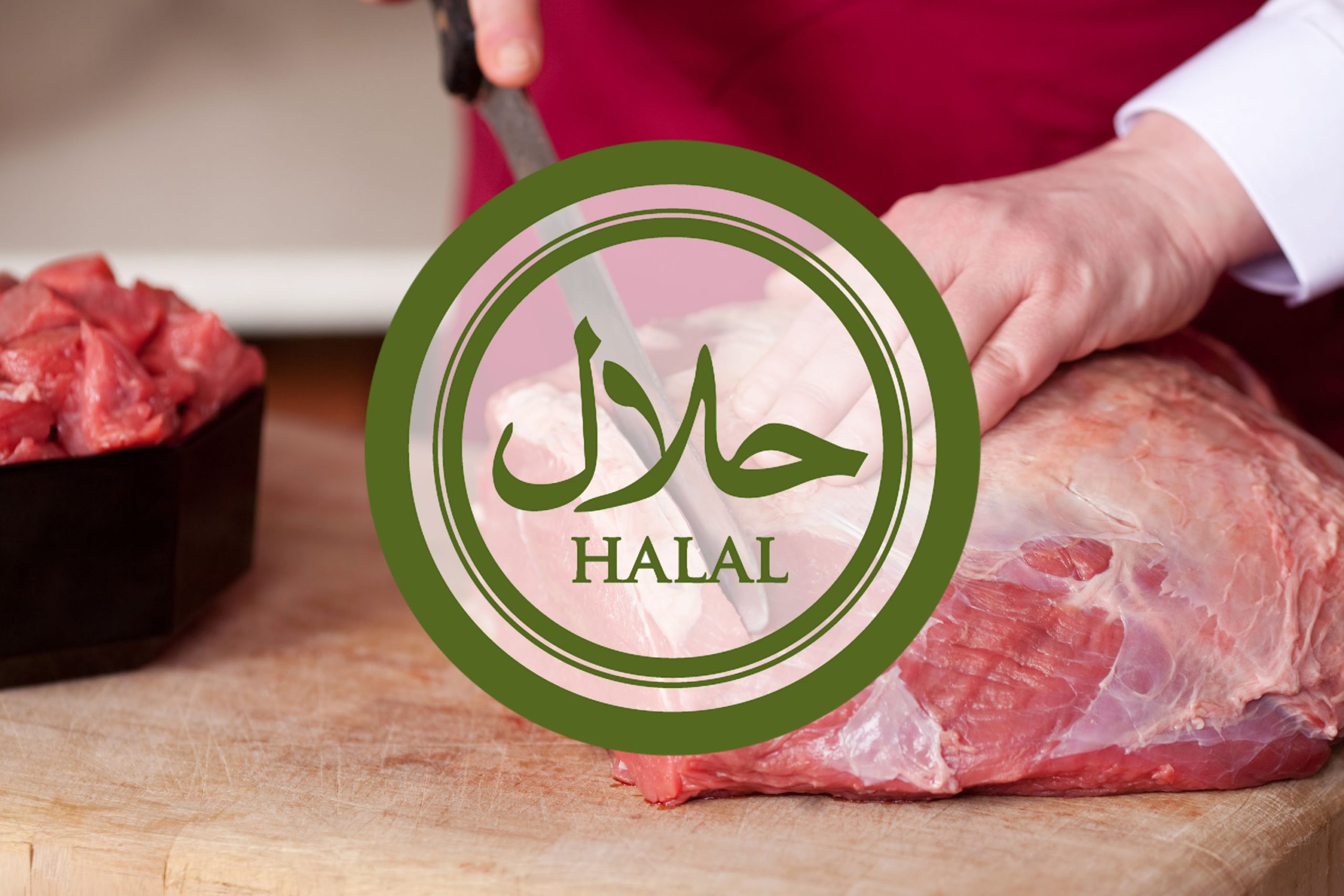
 "
"

 "
"

Anticipating a promising trajectory, the realm of global Halal food is projected to ascend to a value of US$1.67 trillion by 2025. This ascension is propelled by the need to cater to the burgeoning Muslim populace, set to encompass 30% of the world’s inhabitants by the middle of the century. While the worldwide appetite for meat escalates, this trend extends to nations with Muslim-majority populations. Surprisingly, even in India, a predominantly Hindu nation, estimates foretell that it will house the largest absolute Muslim community by 2030, with 250 million adherents. This surge in Muslim numbers will consequently lead to a 17% augmentation in meat demand on a national scale by 2030.
Diversified forms of alternative proteins, ranging from plant-based to fermentation-based, hybrid, and cultivated iterations, are actively being formulated to mitigate the ecological repercussions of meat consumption. However, the Halal accreditation status of numerous products within this spectrum remains shrouded in obscurity. Particularly concerning are hybrid and cultivated variants, about which scant information is available regarding their compatibility with Islamic dietary laws and their appeal to Muslim consumers. Intriguingly, research has underlined that Muslim consumers exhibit a keen interest in witnessing Halal certification, preferably from their respective country’s regulatory bodies, in order to embrace these groundbreaking offerings with confidence.
The Dual Role of Alternative Protein in Enhancing Food Security
Beyond its environmental advantages, the realm of alternative proteins is emerging as a potential solution to tackle food insecurity issues afflicting some Muslim-majority nations. An illustrative case in point is the Organization of Islamic Cooperation (OIC)’s observation in 2020, underscoring a conspicuous imbalance in Halal food trade, quantified at around US$67 billion. This lopsided trade structure underscores a pronounced reliance on imports. Notably, the bulk of these imports originate from non-Muslim-majority producing nations such as Brazil, India, the United States, and Russia. This dependence potentially exposes the food supply chain to vulnerabilities in an increasingly unstable global landscape.
A Deeper Dive into the Gulf region accentuates this perspective. The region’s geographic and climatic constraints restrict its capacity for domestic livestock rearing and crop cultivation to fulfill local dietary demands. Consequently, over 85% of the region’s food is imported, including approximately 62% of its overall meat consumption. This backdrop accentuates the potential repercussions of food scarcity in a world characterized by uncertain dynamics.